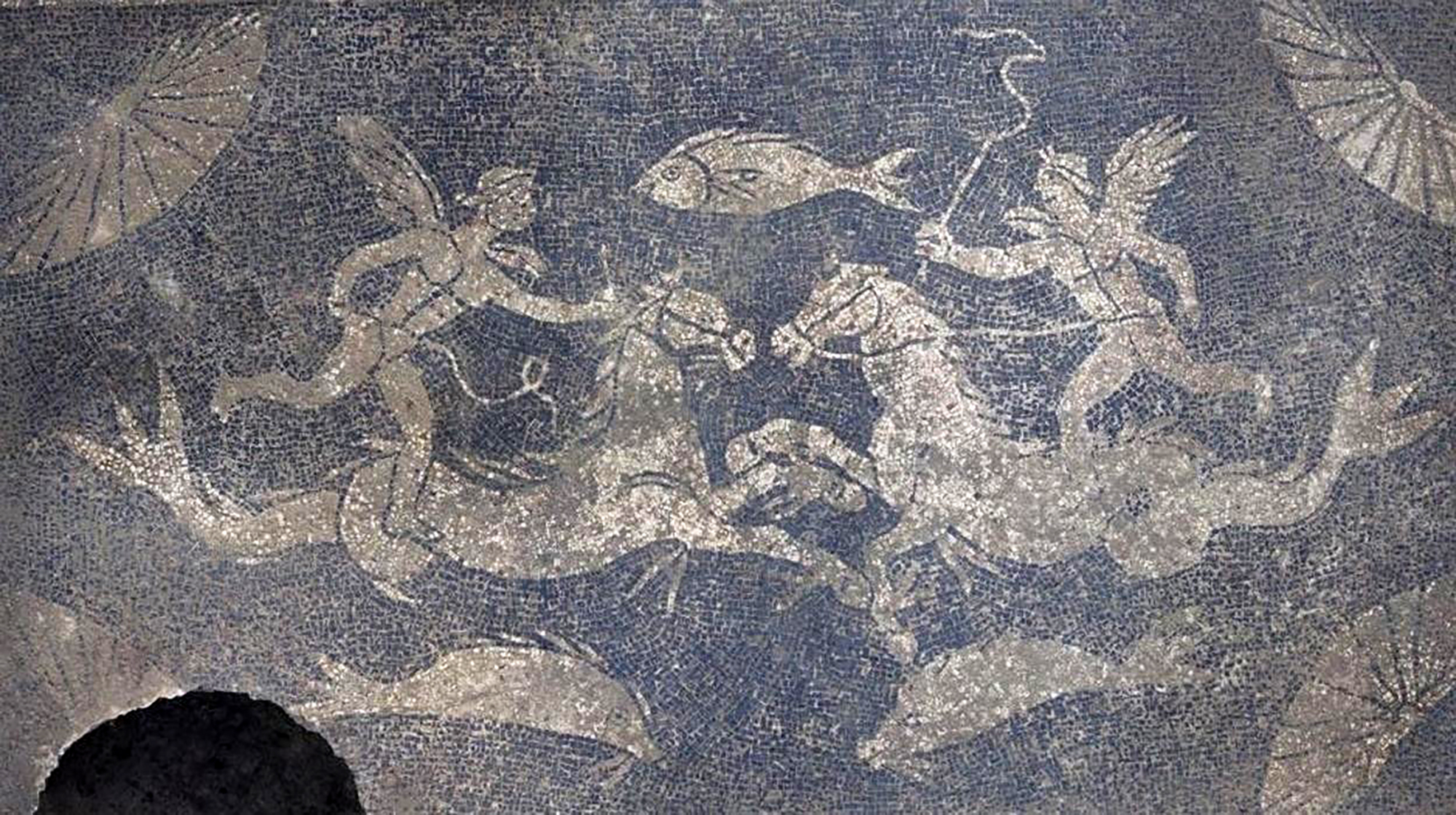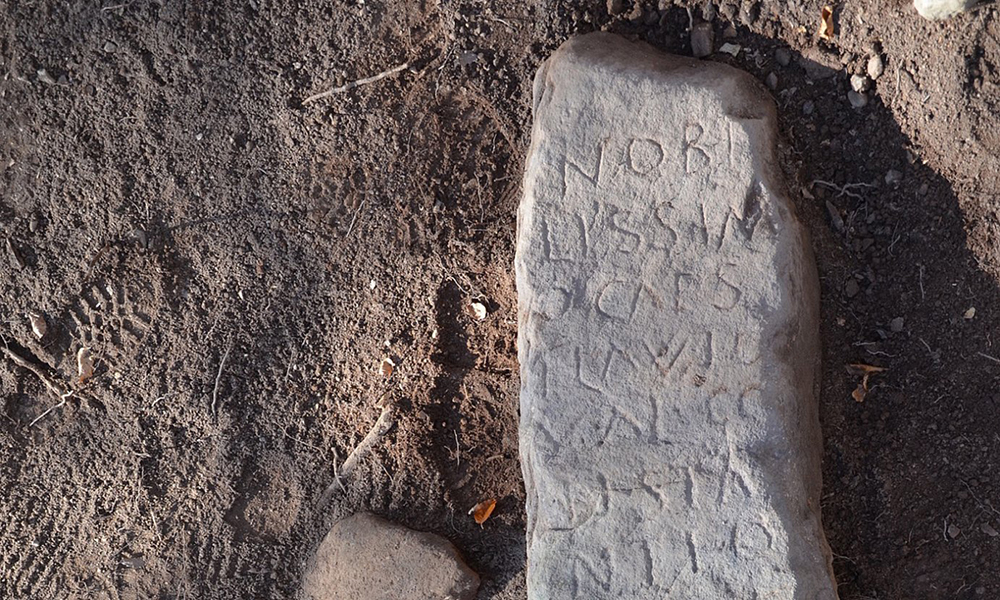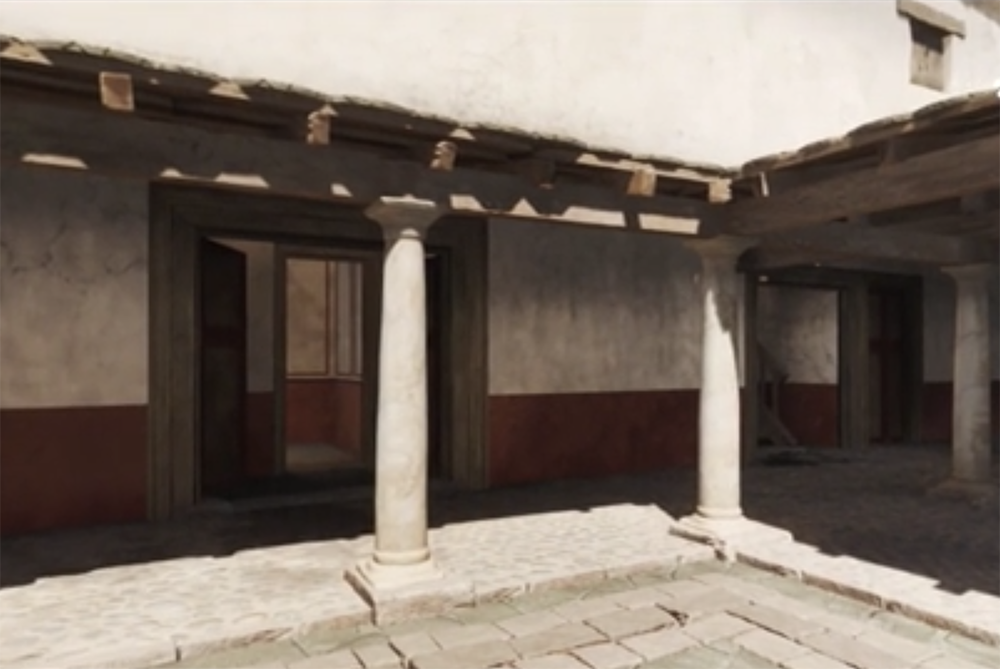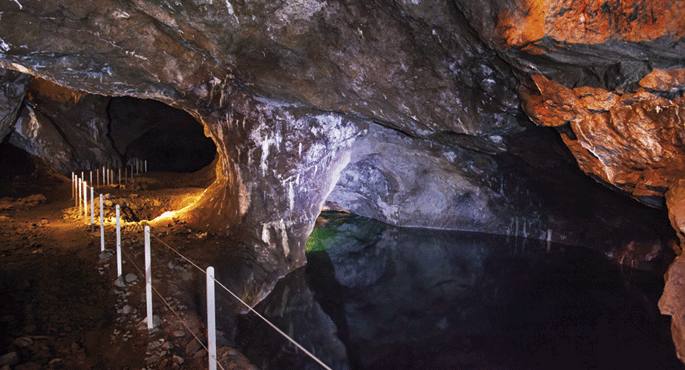Decadence of the Mantible Bridge
- The night of 24-25 January has fallen one of the two arches of the Lanciego Mantible Bridge that were still standing. It is one of the most important monuments of the Rioja Alavesa. In this article, Josu Narbarte explains its origin and that several associations had announced this loss as a result of the indifference of the institutions.

In the Basque Country there are several roads known as “Romans” and, above all, bridges: Larresoro, Azkaine, Baigorri, Orbara, Aribe, Elo, Zirauki, Artziniega… Undoubtedly, the inhabitants of these places have considered as a valuable heritage the oldest and most solid infrastructures of the area, and hence their identification with the classical civilizations; the decisive contribution of Rome in the history of the European media is known, as it brought all together through the sophisticated network. But even though they've received this name, many of these elements are later: Mediaeval, mostly.
Something similar happens with the Mantible Bridge. This bridge, 164 metres in length and 30 metres in height, crosses the Ebro River, connecting the area of Logroño with the town of Assa (now Lanciego). Although it has traditionally been considered of Roman origin, there are no known in this area important roads of the time, and recently a study has suggested that, in fact, it could have been built in the 11th century to connect the two main cities of the kingdom of Navarra with Pamplona and Naia. According to this hypothesis, it would be the same time as the Puente de Puente de Puente de Puente de Puente de Puente la Reina, built with similar techniques and possibly with the same labor force.
Roman or Romanesque, it is clear that the Mantible Bridge, in Lanciego, is one of the most important monuments of the Rioja Alavesa. Located on the Camino de Santiago, it is declared a UNESCO Centre of Cultural Interest and World Heritage, but its state of conservation has always been precarious. In fact, it barely reached fifty years of standing, since it was abandoned in the early 12th century, replacing the bridges of Logroño. At the end of the Middle Ages, several documents indicate that the bridge was no longer in use. Since then, the structure has deteriorated and only two of its seven original arches have survived to the twenty-first century, in an increasingly worse balance.
After years of denunciation of institutional neglect by several associations, a report presented in 2019 raised the alarm by demonstrating that the bridge was in grave danger of falling. It was absolutely necessary to stabilize the structure as soon as possible, but no emergency intervention was made. Finally, in early 2021, the bridge restoration project was approved and the works began in spring. But it was too late. On the night of 24-25 January, one of the two arches still standing fell and with it disappeared the architectural heritage of a thousand years, tired of waiting for the attention of the authorities.
Hil honetan hasi eta abuztuaren 28a bitartean, Foruko (Bizkaia) erromatar herrixkaren arrastoetara hurbiltzen denak bisita gidatu berezia egin ahal izango du, aurrez aurrekoa eta birtuala, aldi berean.
Burdin Aroko baskoien hiri baten aztarnak aurkitu ditu Aranzadik Irulegi mendiko magalean eta honek Erromatarren aurreko baskoiak duela 2.700 urte nola bizi ziren hobeto ezagutzeko aukera emanen du.
Beste deskubrimendu bat: erromatarrak. Tira, deskubrimendu, aspalditik ezagutzen ditut erromatarrak, Kaligula, Pontzio Pilatos, Coronavirus bera, Asterix Italian komikiko auriga; baina orain berriz aurkitu ditut, izan dut irudipen, argialdi, epifania moduko bat. Sarri xamar joan... [+]


















